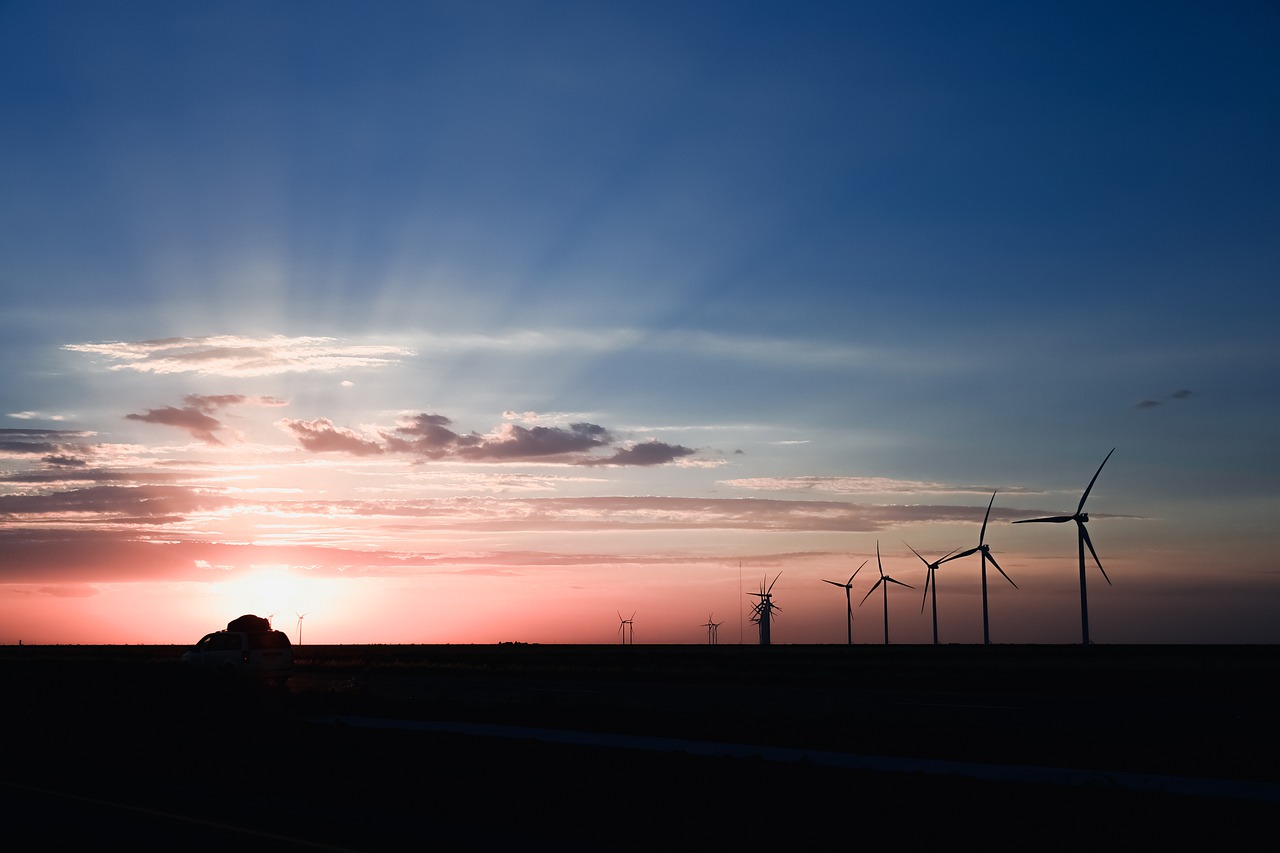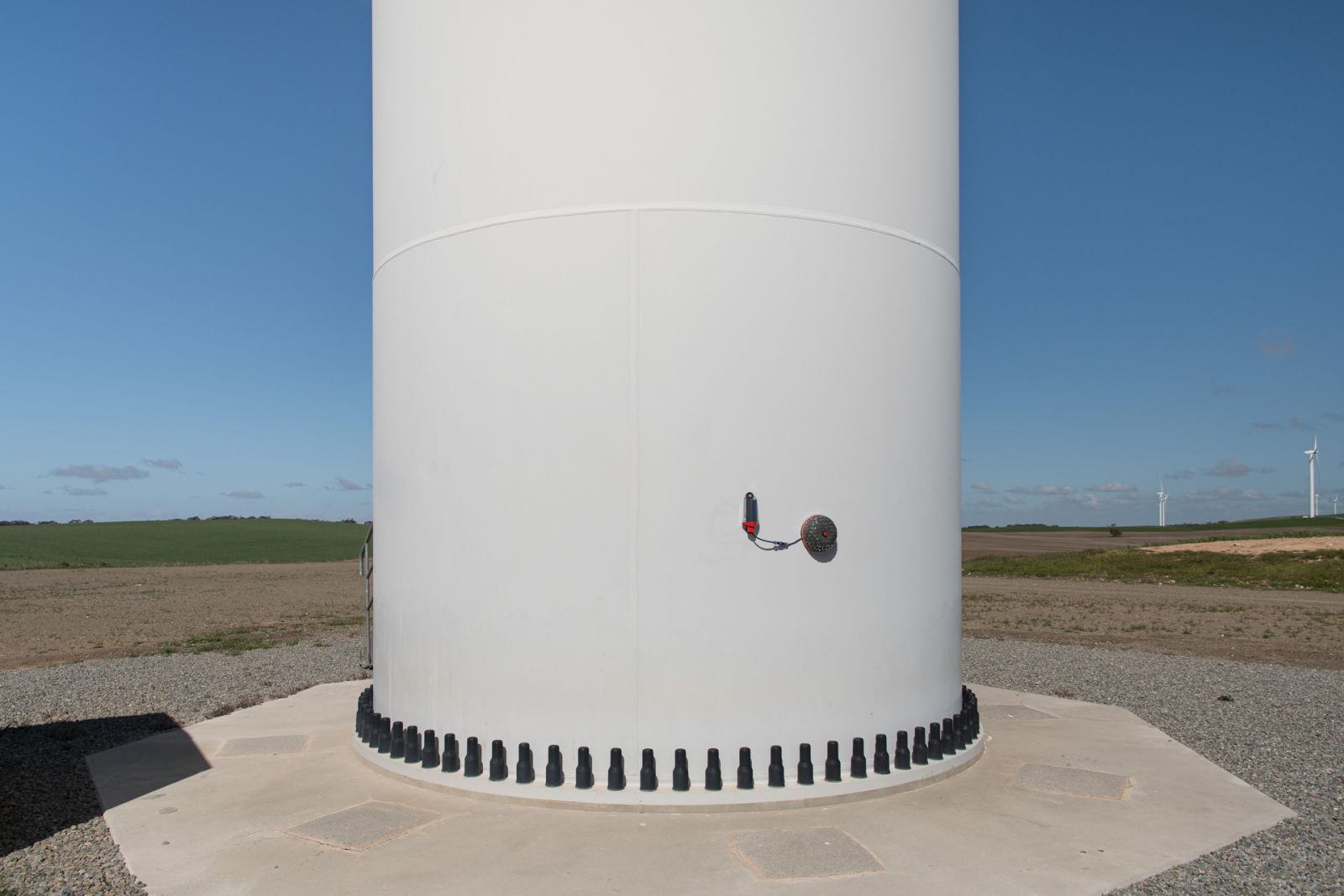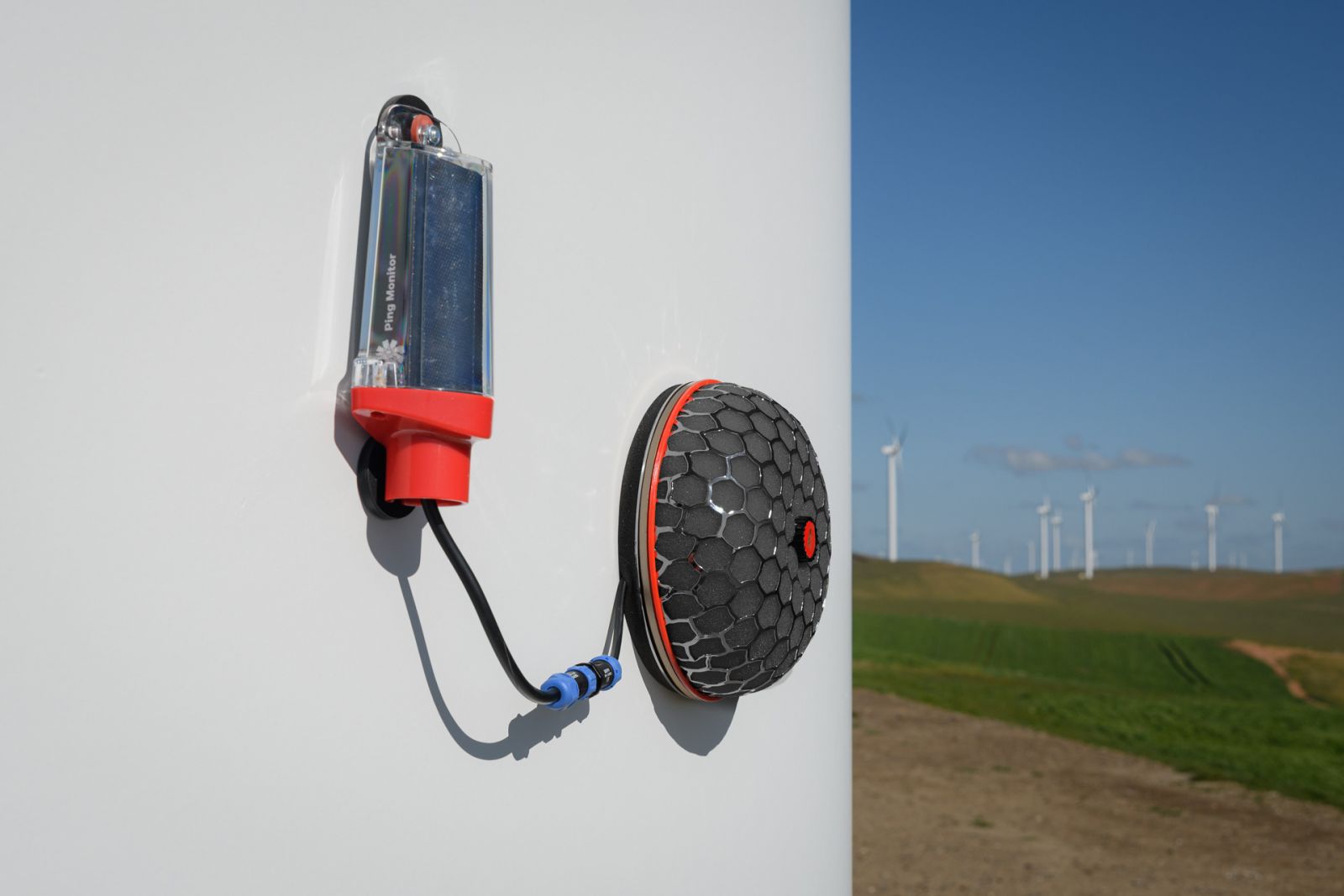Detect Lightning Blade Damage Early
Incidences of lightning strikes globally are on the rise, just another of the many consequences of climate change. It’s been estimated that countries like the US could see a 50 percent increase in the number of strikes by the end of the century. When it comes to wind energy, lightning is a huge risk factor in that it often causes damage to turbine blades. Plus, its unpredictable nature makes it a silent and ever-present threat.
Insurers are dealt a tricky conundrum – if the blade already had latent defects, whose responsibility is it to pay for these acts of God? And yet, how can the damage be proved to have resulted from a strike without accurate monitoring of the turbine?

A wind operator in Brazil stated that, at the end of the lightning season, 35 percent of their wind turbine blades had experienced some lightning damage. It’s a perfect storm – wind turbines attract lightning because of their passage through air, and their structure is increasingly being designed to be taller, thus making them more vulnerable. Couple this with global warming increasing the likelihood of such incidents, and it is crucial that strategies are put in place to minimize the downtime and repair costs when lightning strikes.
The majority of blades do have receptors built in that are designed to attract lightning, which is then sent down through the conductor, all the way through the tower, and into the earth. Unfortunately, this system is not fool-proof, partly due to developments in blade design, such as increased length of blades, as well as general wear and tear of blades and lightning protection systems. In other words, damage still can occur.
Unfortunately, the most troublesome aspect of lightning is its unpredictability. While there is nothing that can be done to control such adverse weather events, repairing damage caused in a timely manner can mitigate damage. But how does an operator know that damage has even occurred, particularly if the turbines are in remote sites, on and offshore? There are currently a number of ways sites can be monitored, but each has pros and cons.
 Drone and robot inspection
Drone and robot inspection
Technology has come a long way, and the use of drones and robots is becoming increasingly more commonplace in wind turbine inspection. These advances in technology afford operators with a visual record of the state of the blade; they can be deployed on infrequent intervals, allowing for an accurate understanding of changes over time. But operators will not be able to implement the technology on a daily basis. This means if anything should change soon after inspection, there will be zero visibility, and it could be months before damage is picked up – leaving you open to more expensive repairs or risk of structural failure.
Technician inspection via Rope Access, Ground Cameras, and Platforms
While technology can be your friend, the alternative is to have damage inspected by a skilled technician. However, this involves costly time, as well as challenges finding a skilled technician or engineer, and additional problems associated with accessing turbines in remote locations or offshore.
Rope access provides an alternative to truck-mounted platforms and other blade access platforms. These provide advantages in that they don’t require specialist mechanical lifting equipment. However, they can’t be carried out frequently, due to obvious resourcing constraints.
Consider that a lightning strike occurs and damages a blade in a site that just recently had its regular maintenance check in person. You could be waiting up to 12 or 24 months before that damage is discovered. Meanwhile, any damage worsens and escalates over time, leading to the failure of the entire blade. In worst case scenarios, the entire tower is destroyed. There are reported instances where a blade (weighing many tons) has separated from a wind turbine due to exposure to a lightning strike. Whilst this is a rare occurrence, it doesn’t take much imagination to consider the repercussions, let alone the potential replacement cost (a tower replacement can be in the order of $7million). Aside from this ‘worst case scenario’, incremental and immediate damage can be costly if not addressed immediately.
Continuous monitoring
Monitoring on a regular basis means notification of damage when it occurs.
Early detection is vital to minimize long term harm that will inevitably intensify if damage is not addressed in a timely manner. It will have wider impacts, and, crucially, can be extremely dangerous.

Lightning damage to a blade was identified on two of the 48 turbines monitored for an operator in North America. The lightning tracking system showed there was a +61kA strike on one of those turbines. This early detection ensured a technician (with a ground-based camera, drone, or rope access) could attend to the site immediately to assess the damage. Without continuous monitoring, it could have been months before it was discovered, during a manual inspection by a technician. By then, however, damage may have escalated, forcing repair costs significantly higher, and making blade replacement necessary, or – in the worst case – requiring complete replacement and/or tower failure.
Regardless of the monetary impact, no operator or OEM wants to leave themselves vulnerable to litigation or skyrocketing insurance costs. It’s a no brainer to invest in monitoring equipment that protects an owner/operator’s biggest asset – the wind turbine blade. Without it, you may face damages that can have devastating and potentially worsening consequences.
The US set an ambitious climate target of reaching net-zero carbon emissions by 2050. To do this, renewable energy will have to be ramped up. The 30 gigawatts of offshore wind being developed in the next eight years shows that the will is there. But with this pledge comes myriad issues; ensuring the effective operations of renewable energy providers is paramount in order to meet these targets. Rather than waiting for the impact of weather incidents to have irreparable consequences, continuous monitoring is one option that helps minimize downtime, maximize output, and boost productivity.
Matthew Stead is co-founder and CEO and Co-founder of Ping Services, and brings over 20 years of experience in acoustics and working with wind turbines. This unique combined experience led to the formation of Ping, when a wind farm operator challenged Matthew to make a device that could hear blade damage just like technicians can hear on site. Matthew has a bachelor’s degree in Engineering (first class honors) and a master’s degree in Engineering Science (Acoustics).
Ping Services | pingmonitor.co
Author: Matthew Stead
Volume: 2022 September/October








